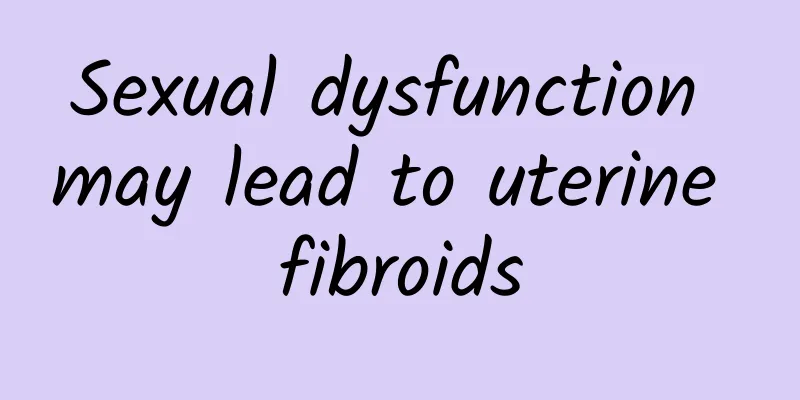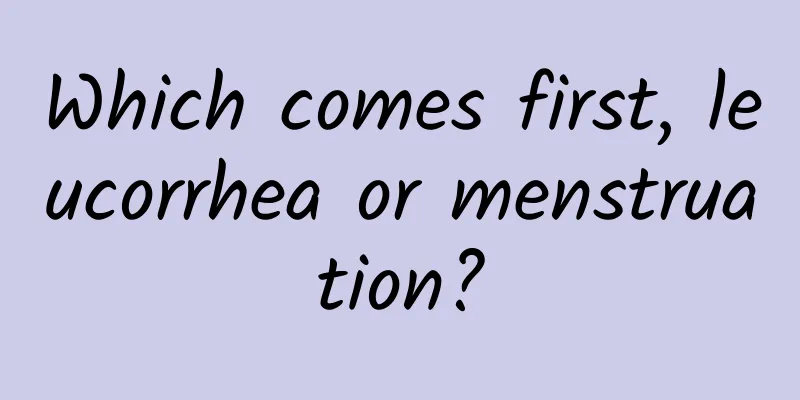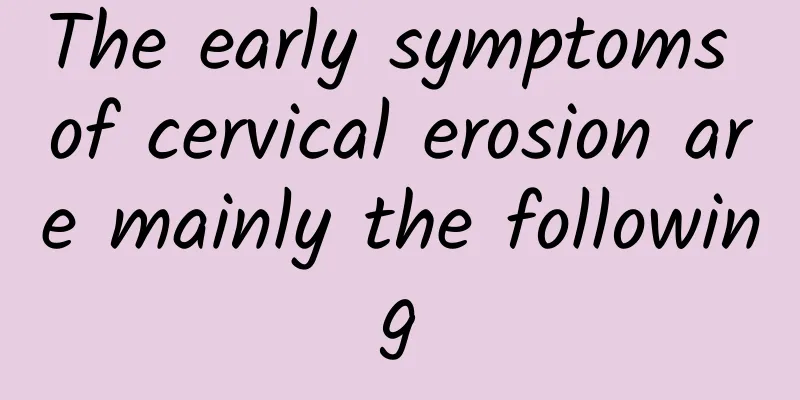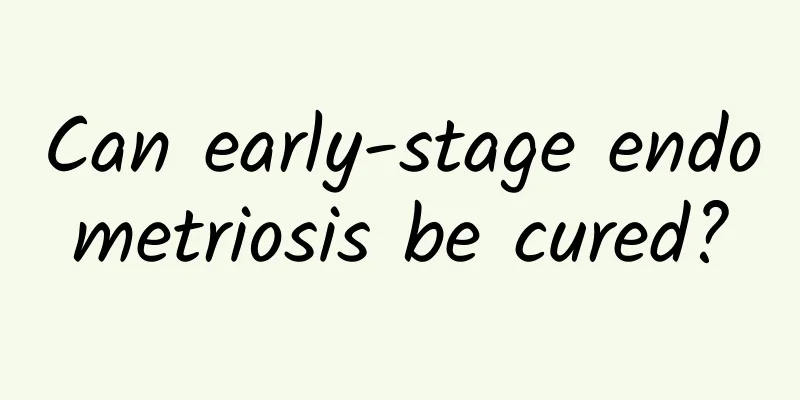Different types of pelvic inflammatory disease are treated differently

|
Pelvic inflammatory disease is mainly divided into acute and chronic types. Different types of diseases require different treatments. 1. Acute pelvic inflammatory disease The treatment of acute pelvic inflammatory disease is generally based on antibiotics. In terms of drug use, bacterial culture tests of vaginal secretions and drug sensitivity tests should be done in advance to find anti-inflammatory drugs suitable for patients to prevent the disease from prolonging. It should be noted that when treating acute pelvic inflammatory disease, the dosage of the drug should be large enough and a sufficient course of treatment should be guaranteed. Do not take the drug intermittently or stop taking the drug after the symptoms have been relieved after a few days of taking the drug. This can easily cause the disease to recur or even turn into chronic pelvic inflammatory disease, so the treatment must be thorough. 2. Chronic pelvic inflammatory disease Because the course of chronic pelvic inflammatory disease is longer, the treatment is more complicated than that of acute pelvic inflammatory disease. Traditional Chinese medicine is usually used clinically, including oral Chinese medicine, intravenous Chinese medicine drip, Chinese medicine enema, acupuncture, etc., and is often combined with Chinese medicine hot compress or ion introduction measures for comprehensive treatment. Among them, Chinese medicine hot compress is to put the Chinese medicine for promoting blood circulation and removing blood stasis into a cloth bag, and then put it on the patient's lower abdomen after heating in a steamer. The medicine penetrates into the pelvic cavity through the warm effect to achieve the effect of anti-inflammatory and eliminating pelvic adhesions; and Chinese medicine ion introduction technology is to boil the Chinese medicine and put it into the ion introduction instrument to introduce the drug ions into the patient's lesions to achieve the purpose of loosening pelvic adhesions and eliminating pelvic inflammation. |
<<: Dietary taboos for patients with uterine fibroids after surgery
>>: Magnesium deficiency can cause dysmenorrhea
Recommend
How to prevent vaginitis in summer?
Vaginitis is a common gynecological disease, and ...
How much does it cost to do a painless abortion?
What to do if you accidentally get pregnant? Many...
Experts explain the reasons why dysmenorrhea still occurs after marriage
In real life, most dysmenorrhea patients will gra...
What are the main symptoms of uterine fibroids?
What are the main symptoms of uterine fibroids? U...
Does acute pelvic peritonitis require surgery?
As modern life becomes more and more tense and th...
What are the reasons for delayed menstruation?
What are the reasons for delayed menstruation? De...
How long does it take to get menstruation after abortion?
How long does it take to get your period after an...
What are the symptoms of postmenopausal ovarian cysts and how to treat them?
What are the symptoms of postmenopausal ovarian c...
Nourishing the liver in spring helps the liver detoxify and improves immunity! Chinese medicine doctor Chen Chaozong: Eat more of these sour foods
Spring is a good time to nourish the liver. Accor...
What are the symptoms and treatment of ovarian cysts?
What are the symptoms of ovarian cysts? How are t...
A brief discussion on the examination before medical abortion
Many female friends get pregnant unintentionally....
What is the difference between dysmenorrhea and adenomyosis?
The main difference between dysmenorrhea and aden...
What to do if the endometrium is thick and menstruation does not come
What should I do if my endometrium is thick and I...
Why does it hurt to urinate after ectopic pregnancy surgery?
Why does it hurt to urinate after ectopic pregnan...
What should I not eat after myomectomy? What should I eat after myomectomy?
What should I not eat after myomectomy? What shou...









